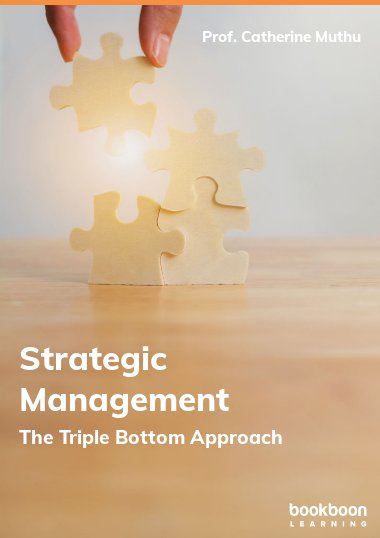Organisations can generate sustainable value for society in the focus of people management, the environment on waste management and corporate sustainable initiatives, and the shareholders, on business sustainability and growth. These three focuses with reference to Triple Bottom Line concept are the key in strategic management practices and are frequently viewed as a more responsible and all-encompassing method of doing business in order to obtain a competitive advantage.
About the Author
Catherine has 15 years of corporate experience in the field of marketing and management. She worked in the retail, hotel, oil and gas, and consulting industries. After earning her master's degree and PhD, she entered the higher education sector and acquired 14 years of expertise in imparting knowledge and developing future business leaders. At present, she is a certified trainer and consultant in the field of strategic marketing and management. Her professional goal is to create ecologically sensitive strategies and activities for people and organisations through education, training, and development activities.


